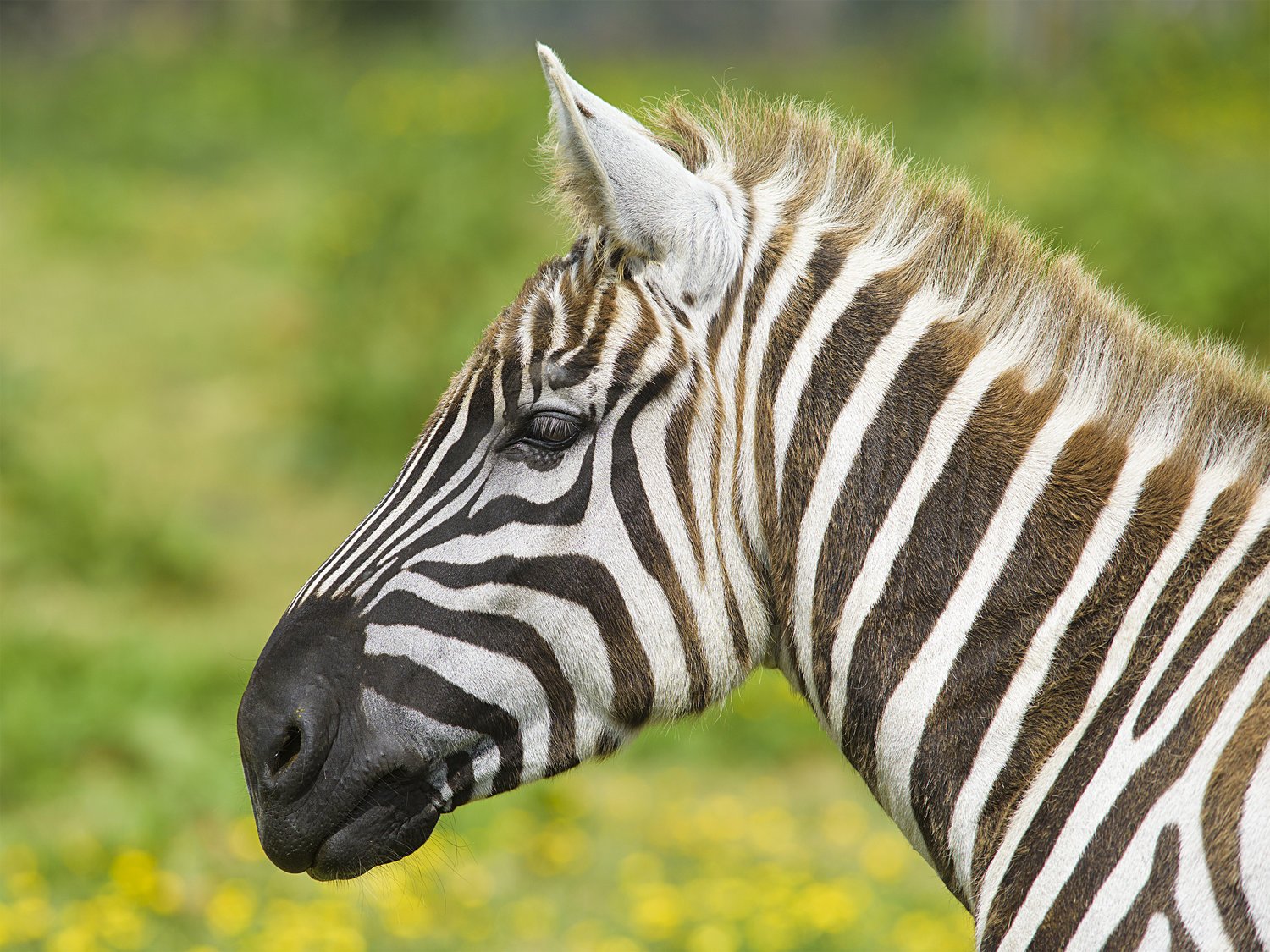
MANELESS ZEBRA
Equus quagga borensis
A subspecies of the Plains Zebra, the Maneless Zebra looks a lot like it’s relative, but with one thing missing… it’s mane! These striking equids can be found throughout north-west Kenya, Uganda and South Sudan.
Grazers by nature, these zebras are excellent at exploiting the arid grassland habitats in which they live. Their unique digestive system allows them to eat course vegetation, that would be unable to sustain many other species. This coupled with their ability to travel long distances in search of food and water makes the Plains Zebra an extremely successful herbivore.
Breeding
Though the plains zebra breeds throughout the year, most births occur during the wet season which runs from October through to April. The zebras form a ‘harem’ which usually consists of one male and up to six females. Females give birth after a gestation period of around 393 days; amazingly the young are able to stand immediately, and are grazing for themselves after just a week!
How did the zebra get its stripes?
There’s no easy way to answer to this, and there are a lot of theories about why the zebra has such a distinctive coat. One such theory is that the stripes are used to help strengthen bonds between individuals, and to stimulate grooming. Other suggested reasons for them are temperature regulation and to dazzle predators.
Peak Wildlife Park is one of only two places in the UK where you can see these beautiful zebras!



